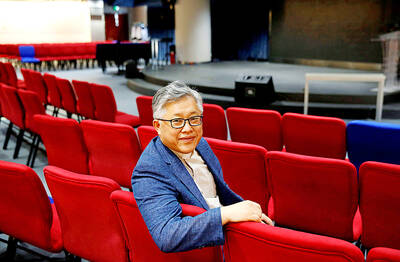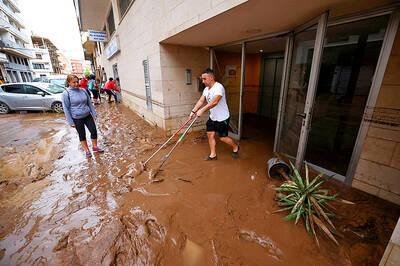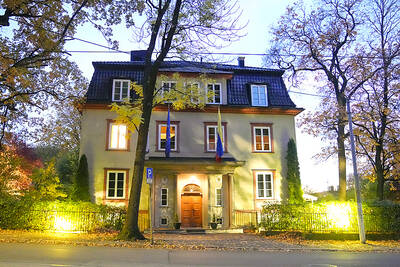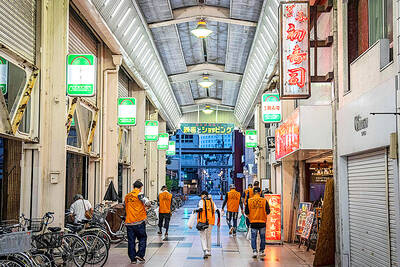The remains of 215 children have been discovered on the grounds of a former boarding school set up more than a century ago to assimilate Canada’s indigenous peoples, a local tribe said.
A specialist used ground-penetrating radar to confirm the remains of the students who attended the school near Kamloops, British Columbia, the Tk’emlups te Secwepemc tribe said in a statement late on Thursday.
“Some were as young as three years old,” Tk’emlups te Secwepemc Chief Rosanne Casimir said, calling it “an unthinkable loss that was spoken about but never documented” by school administrators.
Its preliminary findings are expected to be released in a report next month, she said.
In the meantime, the tribe is working with the coroner and museums to try to shed further light on the horrific discovery and find any records of the deaths.
It is also reaching out to the students’ home communities across British Columbia and beyond.
The “distressing” discovery of the remains “breaks my heart,” Canadian Prime Minister Justin Trudeau wrote on Twitter.
“It is a painful reminder of that dark and shameful chapter of our country’s history,” he said.
His comments were echoed by Minister of Crown-Indigenous Relations Carolyn Bennett, who also offered government support to the families and indigenous communities for their “healing as we honor loved ones lost.”
The Kamloops Indian Residential School was the largest of 139 boarding schools set up in the late 19th century, with up to 500 students registered and attending at any one time.
It was operated by the Catholic Church on behalf of the Canadian government from 1890 to 1969.
In total, about 150,000 Indian, Inuit and Metis youngsters were forcibly enrolled in these schools, where students were physically and sexually abused by headmasters and teachers who stripped them of their culture and language.
Today those experiences are blamed for a high incidence of poverty, alcoholism and domestic violence, as well as high suicide rates, in their communities.
A truth and reconciliation commission identified the names of, or information about, at least 3,200 children who died from abuse or neglect while attending a residential school. The exact number remains unknown.
At the Kamloops school, the principle in 1910 had raised concerns that federal funding was insufficient to properly feed the students, the Tk’emlups te Secwepemc statement said.
Ottawa in 2008 formally apologized for what the commission later termed a “cultural genocide” as part of a C$1.9 billion (US$1.6 billion) settlement with former students.

Police in China detained dozens of pastors of one of its largest underground churches over the weekend, a church spokesperson and relatives said, in the biggest crackdown on Christians since 2018. The detentions, which come amid renewed China-US tensions after Beijing dramatically expanded rare earth export controls last week, drew condemnation from US Secretary of State Marco Rubio, who on Sunday called for the immediate release of the pastors. Pastor Jin Mingri (金明日), founder of Zion Church, an unofficial “house church” not sanctioned by the Chinese government, was detained at his home in the southern city of Beihai on Friday evening, said

Floods on Sunday trapped people in vehicles and homes in Spain as torrential rain drenched the northeastern Catalonia region, a day after downpours unleashed travel chaos on the Mediterranean island of Ibiza. Local media shared videos of roaring torrents of brown water tearing through streets and submerging vehicles. National weather agency AEMET decreed the highest red alert in the province of Tarragona, warning of 180mm of rain in 12 hours in the Ebro River delta. Catalan fire service spokesman Oriol Corbella told reporters people had been caught by surprise, with people trapped “inside vehicles, in buildings, on ground floors.” Santa Barbara Mayor Josep Lluis

The Venezuelan government on Monday said that it would close its embassies in Norway and Australia, and open new ones in Burkina Faso and Zimbabwe in a restructuring of its foreign service, after weeks of growing tensions with the US. The closures are part of the “strategic reassignation of resources,” Venezueland President Nicolas Maduro’s government said in a statement, adding that consular services to Venezuelans in Norway and Australia would be provided by diplomatic missions, with details to be shared in the coming days. The Norwegian Ministry of Foreign Affairs said that it had received notice of the embassy closure, but no

A missing fingertip offers a clue to Mako Nishimura’s criminal past as one of Japan’s few female yakuza, but after clawing her way out of the underworld, she now spends her days helping other retired gangsters reintegrate into society. The multibillion-dollar yakuza organized crime network has long ruled over Japan’s drug rings, illicit gambling dens and sex trade. In the past few years, the empire has started to crumble as members have dwindled and laws targeting mafia are tightened. An intensifying police crackdown has shrunk yakuza forces nationwide, with their numbers dipping below 20,000 last year for the first time since records